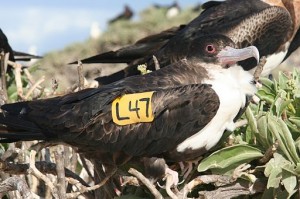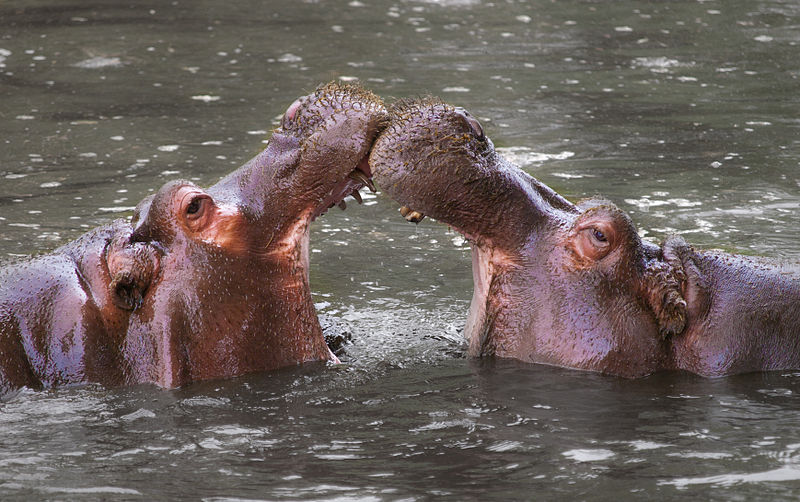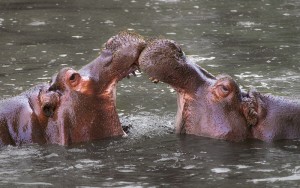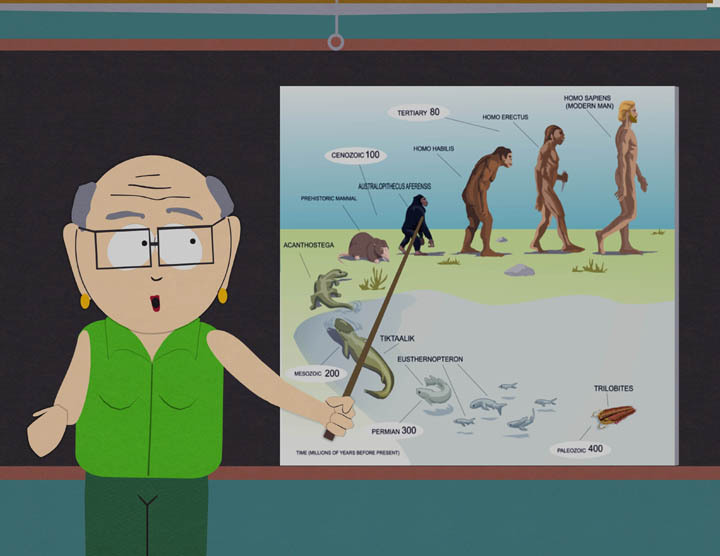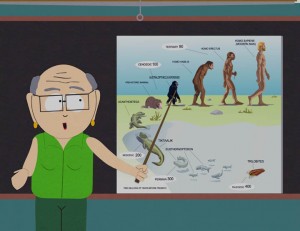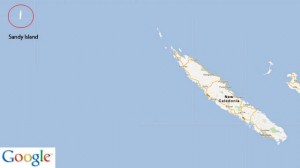
Why is it that the first things that happen upon seeing a pudgy baby panda, fluffy penguin or tumbling kitten are usually utterances of “squeezing it”, “eating it” or “smushing it”!?
We’ve been talking quite a bit about ‘cuteness’ in the department for a while now; what makes an animal cute, animals exploiting that inbuilt ‘cuteness measure’ we seem to have (*cough* Cats *cough*!!), there was even talk of making a ‘cuteness coefficient’ to see how closely mammals and birds illicit the same responses. While we agreed that the degree of cuteness is definitely a personal thing, there is certainly a general idea that we as humans all seem to hold as universally cute. These usually include a host of wide-eyed, round headed, roly-poly baby animals. There are a number of evolutionary theories behind why we find animals cute (Jerry Coyne’s blog has a nice summary), but what we didn’t discuss, and something which only occurred to me recently upon reading about a new study, was that, not only are our perceptions of cuteness relatively universal (hence the overwhelming number of kittens on the internet), but that so were our reactions, though not in the way you would intuitively expect.
Why do we seem to have an overly aggressive response to cute and fluffy animals? The reaction of most people to a big-eyed bundle of adorableness is not “ I want to hold you and keep you safe forever” or “ I want to coo at you from a distance” but instead expressions of violence and threats of immediate harm! People are compelled to express violent urges on encountering what seems to be insurmountable cuteness. Many people in fact can’t even keep still when something cute comes along- teeth are clenched and hands struggle to fight the “must squish it” impulse.
A recent study presented in New Orleans by the Society for Personality and Social Psychology decided to look deeper into this phenomenon and further, to see whether these verbal expressions of feeling were actually translated into actions. To do this they selected 3 groups of people, and, telling them that this was a study about motor activity, they handed out sheets of bubble wrap to each person. They were free to pop as many or few bubbles as they felt while watching one of three slideshows. One was of funny animals (e.g. dog with its head out of the window), another of serious or plain animals photos and the third of cute animals. Those who watched the cute animal slideshow popped an average of 1/3 more bubbles over the other groups. What this demonstrates is a potential for those violent utterances to be translated into actions: think of an old aunt squeezing her nephews cheeks or an over zealous toddler hugging a cat until it can’t breathe.
The researchers think that, far from people actually wanting to fry up and devour a basket of puppies, these expressions are a way of coping with the situation: “I can’t handle it”, “too cute”, “emotional overload… need an output” sort of thing. The three hypotheses they put forward for this were:
- We have an impulse to care for what we perceive as cute for evolutionary reasons. The problem is that not everything we see we can care for (particularly if it is a photo!) and as such we get frustrated.
- Too much love: The yearning to care is so strong and we simply get carried away (much like the aforementioned over zealous toddler).
- It is simply an emotional overload that we don’t know how to deal with so act on some form of displacement activity.
So it seems, for whatever reason, when people complain about the number of sickly cute animals on the internet or the superfluous efforts put into conservation for the panda rather than the pig-nosed frog in the context of how much they want to “just punch them the face”, what they are really saying is that they cannot handle the emotional overload induced by those animals and that they want to express their love.
Author
Deirdre McClean: mccleadm[at]
Photo credit
wikimedia commons





